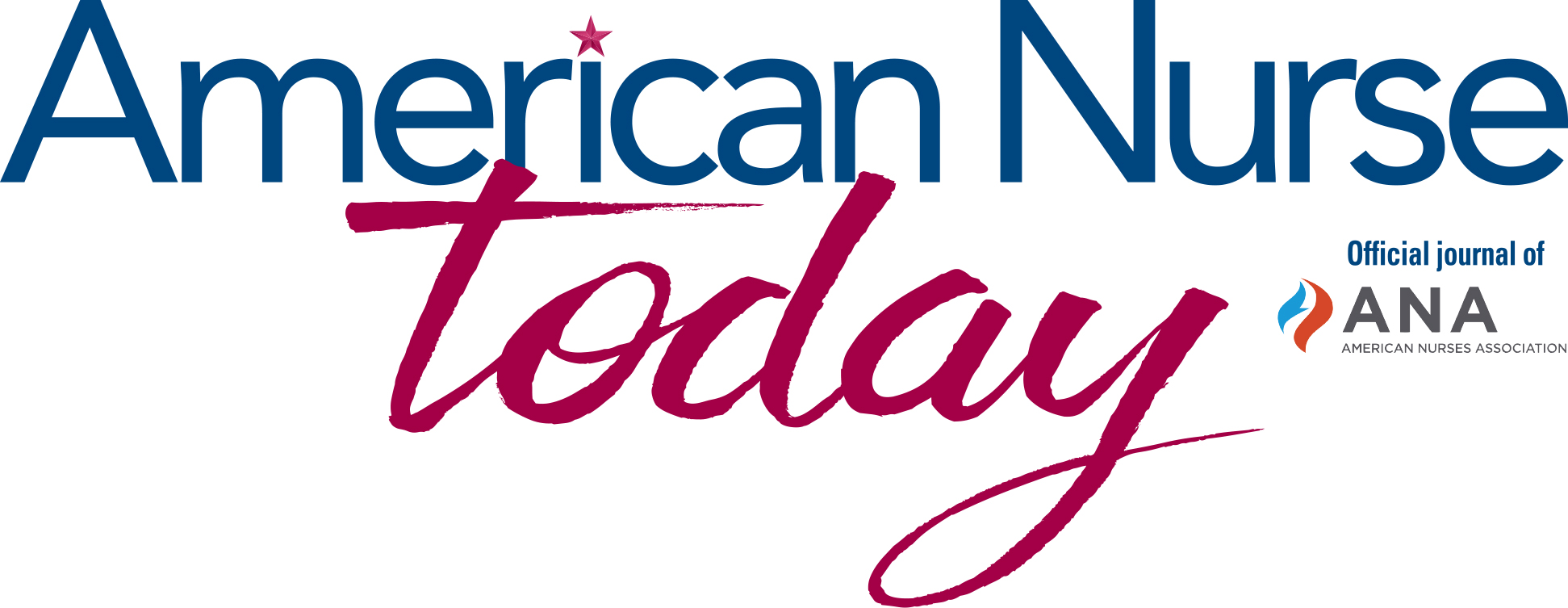As the 113th Congress settles in and gets down to business, those in and out of Washington ponder what the 113th will accomplish in the next 2 years. The 112th Congress focused on fiscal matters known as the fiscal cliff, which included taxes, federal spending, and the nation’s debt, up until the bitter end. After weeks of politicking, the American Taxpayer Relief Act (ATRA) passed both houses and was signed by the President. The final agreement made the Bush-era tax rates permanent for those making less than $450,000 per family, extended emergency unemployment benefits for a year, postponed the 27% cuts to Medicare provider payments for a year, and kicked the can down the road on across-the-board cuts (known as the sequester) for a few months.
Although 84 new House members and 13 new senators make up the 113th Congress freshmen class, the House of Representatives and the Senate are still controlled by the same Republican and Democratic leadership, respectively. Even though all unpassed legislation introduced in the 112th Congress died when the 113th Congress was sworn in, many of the same issues will carry over into the new Congress. Some of the issues important to nurses include safe staffing, safe patient handling and mobility, and ensuring nurses are able to practice to the full scope of their licensure. ANA will work with legislators to move the conversation forward, including trying to secure bill reintroductions. Be sure to check ANA’s website at www.rnaction.org for in-depth information and ways to advocate.
In addition to some of the more traditional nursing issues, President Obama and the 113th Congress have already signaled they are working on the issues discussed below.
Possible agenda items
Money, money, money. The fiscal cliff agreement reached on January 1, 2013 did not resolve all the outstanding financial matters the country faces. ATRA delayed the date of the sequester by 2 months, to take effect March 1, 2013. ATRA also reduced the total amount of cuts needed to avoid the sequester over 9 years by $24 billion, reducing the total from $1.2 trillion to $1.176 trillion.
As the drama unfolds in spring 2013, the White House pursues a ratio of 1:1 of revenues to cuts. Additionally, the White House and Republican members have expressed a desire to generate revenues by closing tax loopholes. Specific details are unknown at this time.
In addition to the sequester, the federal government reached its statutory debt limit of $16.4 trillion on December 31, 2012. The debt ceiling is an indication of the monies the federal government has already borrowed to pay its bills. The Treasury Department has employed extraordinary accounting measures to keep the United States from defaulting on its debt since December. In late January, the House proposed relaxing the debt ceiling until May 19, with the caveat that members of Congress will not get paid until both houses of Congress pass a budget.
Immigration. The president has stated that passing immigration reform will be a key piece of his second-term agenda. Given the president’s vocal support and the political realities of the rapidly changing demographics in the country, there are signs that the traditional Republican opposition may be softening. While it is unclear what immigration reform will look like, it is clear that this hot-button issue will get plenty of attention when it’s finally unveiled.
Gun violence. The recent tragic events at Sandy Hook Elementary in Newtown, Connecticut have thrust the issues of gun violence and mental health back onto the national stage. Senator Diane Feinstein has introduced gun-control legislation aimed at restricting ownership of assault weapons, such as the one used in the Connecticut shootings. Congress may explore how we as a nation can improve the way mental health care is administered and the quality of mental health services.
April Canter and Jerome Mayer are associate directors in the department of government affairs at ANA.














